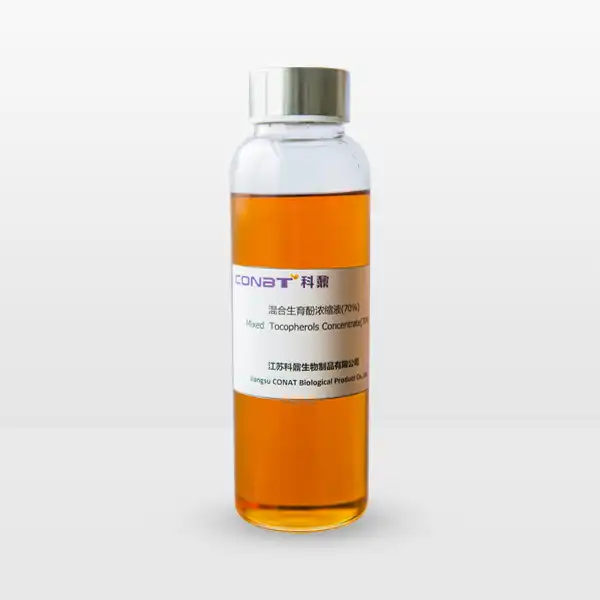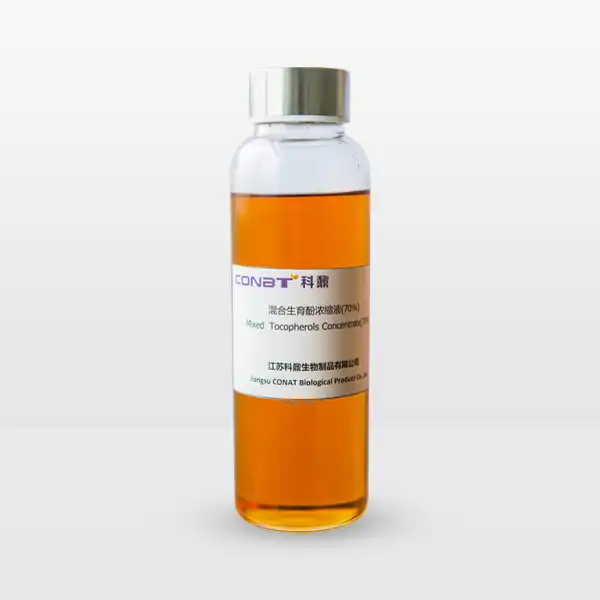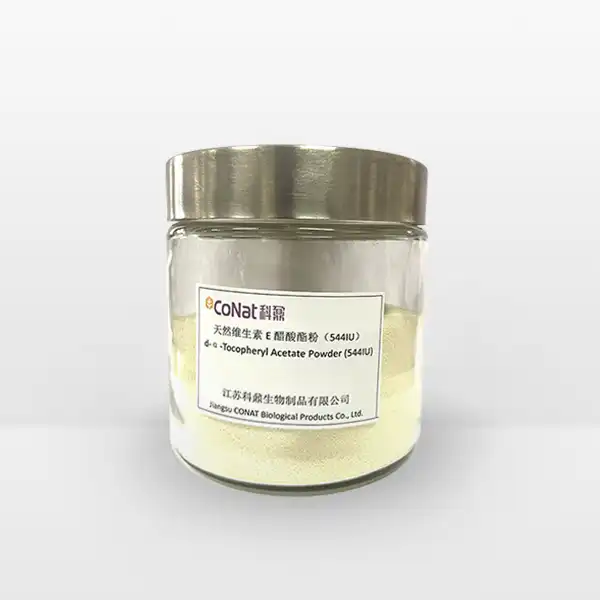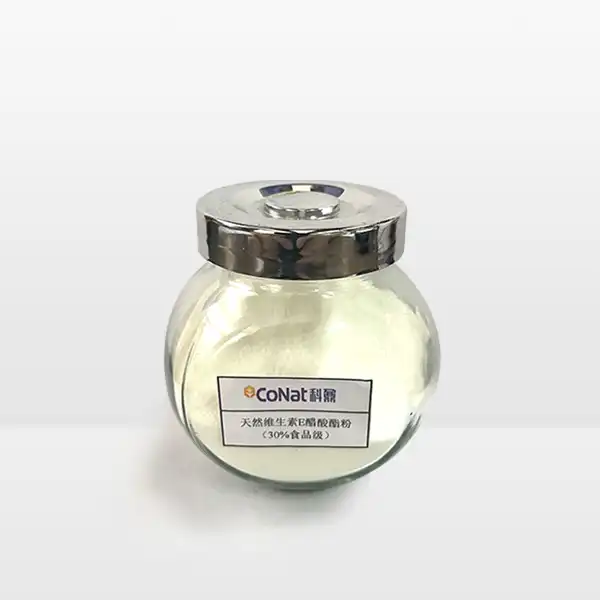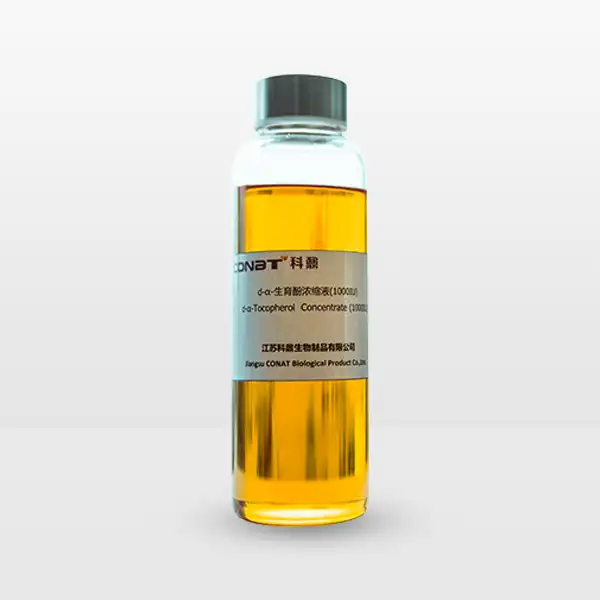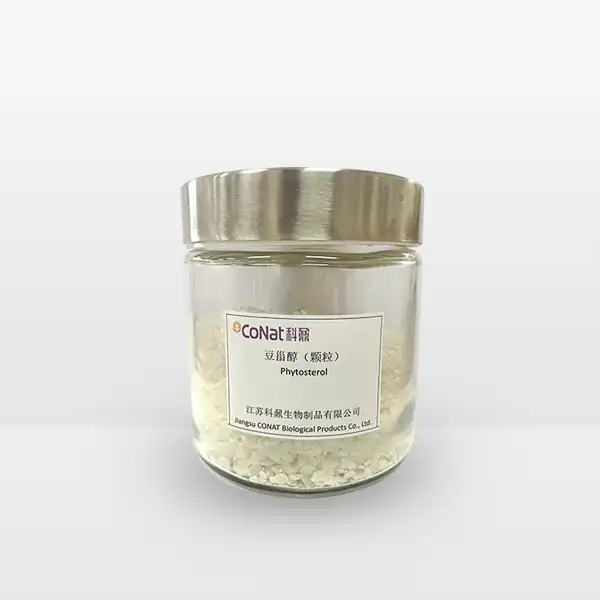- English
- French
- German
- Portuguese
- Spanish
- Russian
- Japanese
- Korean
- Arabic
- Greek
- German
- Turkish
- Italian
- Danish
- Romanian
- Indonesian
- Czech
- Afrikaans
- Swedish
- Polish
- Basque
- Catalan
- Esperanto
- Hindi
- Lao
- Albanian
- Amharic
- Armenian
- Azerbaijani
- Belarusian
- Bengali
- Bosnian
- Bulgarian
- Cebuano
- Chichewa
- Corsican
- Croatian
- Dutch
- Estonian
- Filipino
- Finnish
- Frisian
- Galician
- Georgian
- Gujarati
- Haitian
- Hausa
- Hawaiian
- Hebrew
- Hmong
- Hungarian
- Icelandic
- Igbo
- Javanese
- Kannada
- Kazakh
- Khmer
- Kurdish
- Kyrgyz
- Latin
- Latvian
- Lithuanian
- Luxembou..
- Macedonian
- Malagasy
- Malay
- Malayalam
- Maltese
- Maori
- Marathi
- Mongolian
- Burmese
- Nepali
- Norwegian
- Pashto
- Persian
- Punjabi
- Serbian
- Sesotho
- Sinhala
- Slovak
- Slovenian
- Somali
- Samoan
- Scots Gaelic
- Shona
- Sindhi
- Sundanese
- Swahili
- Tajik
- Tamil
- Telugu
- Thai
- Ukrainian
- Urdu
- Uzbek
- Vietnamese
- Welsh
- Xhosa
- Yiddish
- Yoruba
- Zulu
Is Natural Tocopherol the Same as Vitamin E?
Natural tocopherol and vitamin E are terms often used interchangeably, but understanding their relationship requires a deeper look into their molecular structure and biological functions. Vitamin E actually refers to a family of fat-soluble compounds, with tocopherols being one of its most significant forms. Natural tocopherols, particularly alpha-tocopherol, represent the most biologically active form of vitamin E in the human body. This relationship between natural tocopherol and vitamin E has important implications for nutrition, supplementation, and overall health maintenance.
What Are the Different Forms of Natural Tocopherols Found in Foods?
Natural tocopherols exist in several forms, each playing a unique role in human health and nutrition. The four main variants of tocopherols - alpha (α), beta (β), gamma (γ), and delta (δ) - are found in varying concentrations across different food sources. Alpha-tocopherol, the most abundant and biologically active form, is predominantly found in vegetable oils, nuts, and green leafy vegetables. Sunflower seeds, almonds, and wheat germ oil are particularly rich sources of this compound. Gamma-tocopherol, while less potent in terms of vitamin E activity, is actually the most common form in the American diet due to its high concentration in soybean oil, corn oil, and other commonly consumed plant oils.
The distribution of these compounds in natural sources reflects evolutionary adaptations of plants, where tocopherols serve as important antioxidants protecting vegetable oils from oxidation. For instance, olive oil contains primarily alpha-tocopherol, while soybean oil is rich in gamma-tocopherol. This natural variation has important implications for human nutrition, as different food sources provide distinct tocopherol profiles. Seeds and nuts generally contain higher concentrations of alpha-tocopherol, with sunflower seeds containing up to 37.8 mg per 100 grams. Green vegetables like spinach and broccoli also contribute significant amounts of alpha-tocopherol to the diet, though in lower concentrations than oils and nuts.
The presence of these different forms in various foods isn't just coincidental - each form has evolved to protect specific types of fatty acids from oxidation in plant tissues. This natural distribution ensures that consuming a varied diet provides a broad spectrum of tocopherols, each contributing to overall vitamin E status in the body. Understanding this distribution is crucial for making informed dietary choices and ensuring adequate vitamin E intake through natural food sources.
How Does Natural Tocopherol Compare to Synthetic Vitamin E in Terms of Absorption?
The absorption and utilization of natural tocopherols versus synthetic vitamin E represents a significant area of scientific interest, with important implications for both supplementation and nutrition. Natural alpha-tocopherol, designated as RRR-α-tocopherol, demonstrates superior bioavailability compared to its synthetic counterpart, all-rac-α-tocopherol. This difference in absorption and retention stems from several key factors related to molecular structure and biological recognition.
Natural alpha-tocopherol has a specific molecular configuration that perfectly matches the body's tocopherol transport proteins, particularly α-tocopherol transfer protein (α-TTP) in the liver. This protein preferentially binds to and facilitates the distribution of natural RRR-α-tocopherol throughout the body. Studies have shown that natural alpha-tocopherol is absorbed and retained approximately twice as effectively as synthetic forms. This increased bioavailability means that lower doses of natural tocopherols can achieve the same biological effects as higher doses of synthetic alternatives.
The absorption process itself involves several steps, beginning with incorporation into mixed micelles in the small intestine, followed by uptake into intestinal cells and packaging into chylomicrons. Natural tocopherols are more efficiently incorporated into these transport structures, leading to better absorption rates. Additionally, the body's preference for natural tocopherols is reflected in their longer retention time in tissues and plasma, with studies showing that natural alpha-tocopherol has a half-life approximately twice that of synthetic forms.
What Makes Natural Tocopherols More Effective as Antioxidants?
The superior antioxidant efficacy of natural tocopherols can be attributed to their unique molecular structure and biological interactions within human cells. Natural tocopherols possess an optimized stereochemistry that allows them to integrate more effectively into cellular membranes, where they perform their primary antioxidant functions. This structural advantage enables them to more efficiently neutralize free radicals and prevent lipid peroxidation compared to synthetic alternatives.
The antioxidant mechanism of natural tocopherols involves donating hydrogen atoms to neutralize free radicals, particularly those threatening cellular membrane integrity. This process is enhanced by the specific spatial arrangement of natural tocopherol molecules, which allows for optimal positioning within cell membranes. The chromanol ring structure of natural tocopherols is perfectly oriented to interact with polyunsaturated fatty acids in membrane phospholipids, providing maximum protection against oxidative damage.
Beyond their direct antioxidant activity, natural tocopherols also demonstrate superior ability to work synergistically with other antioxidant systems in the body. They effectively interact with vitamin C and glutathione, creating a more robust antioxidant network. This cooperative action enhances their overall protective effects against oxidative stress. The regeneration of oxidized tocopherols by vitamin C is more efficient with natural forms, ensuring sustained antioxidant protection.
The effectiveness of natural tocopherols as antioxidants is also evidenced by their role in cellular signaling pathways. They influence gene expression related to antioxidant defense systems, inflammation regulation, and cell survival mechanisms. This broader influence on cellular function sets them apart from synthetic alternatives and contributes to their superior health-promoting effects.
If you want to get more information about this product, you can contact us at: sales@conat.cn.
References:
1. Rizvi S, et al. (2014). The role of vitamin E in human health and some diseases. Sultan Qaboos University Medical Journal.
2. Brigelius-Flohé R. (2009). Vitamin E: The shrew waiting to be tamed. Free Radical Biology and Medicine.
3. Traber MG. (2014). Vitamin E Inadequacy in Humans: Causes and Consequences. Advances in Nutrition.
4. Burton GW, et al. (1998). Human plasma and tissue alpha-tocopherol concentrations in response to supplementation. American Journal of Clinical Nutrition.
5. Jiang Q. (2014). Natural forms of vitamin E: metabolism, antioxidant, and anti-inflammatory activities. Free Radical Biology and Medicine.
6. Manor D, Morley S. (2007). The alpha-tocopherol transfer protein. Vitamins and Hormones.
7. Mustacich DJ, et al. (2007). Alpha-tocopherol modulates genes involved in hepatic xenobiotic pathways. Journal of Nutritional Biochemistry.
8. Traber MG, Atkinson J. (2007). Vitamin E, antioxidant and nothing more. Free Radical Biology and Medicine.
9. Cook-Mills JM, McCary CA. (2010). Isoforms of Vitamin E Differentially Regulate Inflammation. Endocrine, Metabolic & Immune Disorders Drug Targets.
10. Galli F, et al. (2017). Vitamin E: Emerging aspects and new directions. Free Radical Biology and Medicine.
